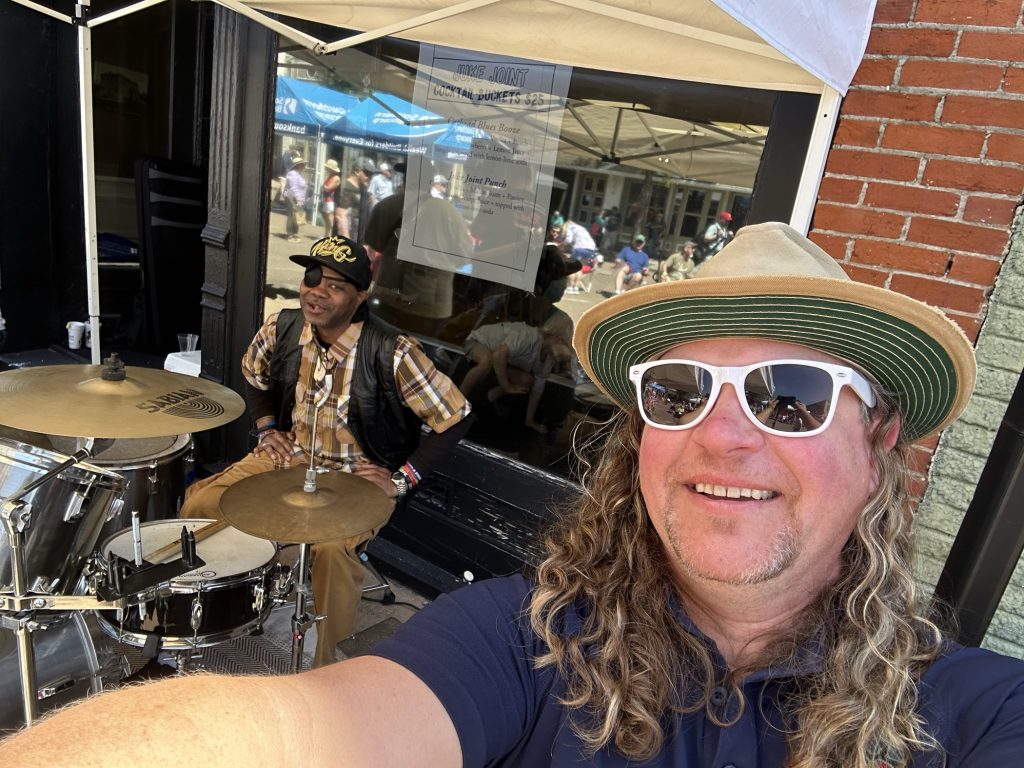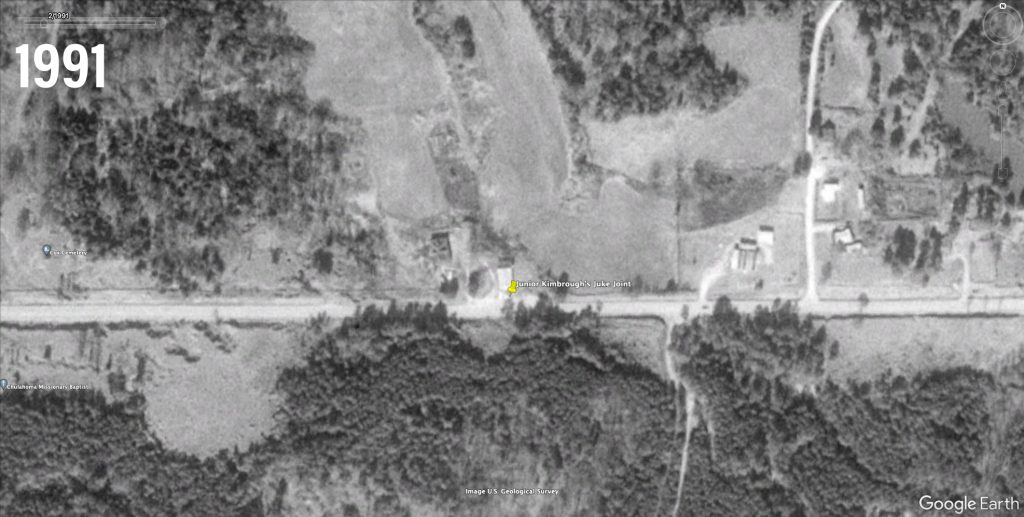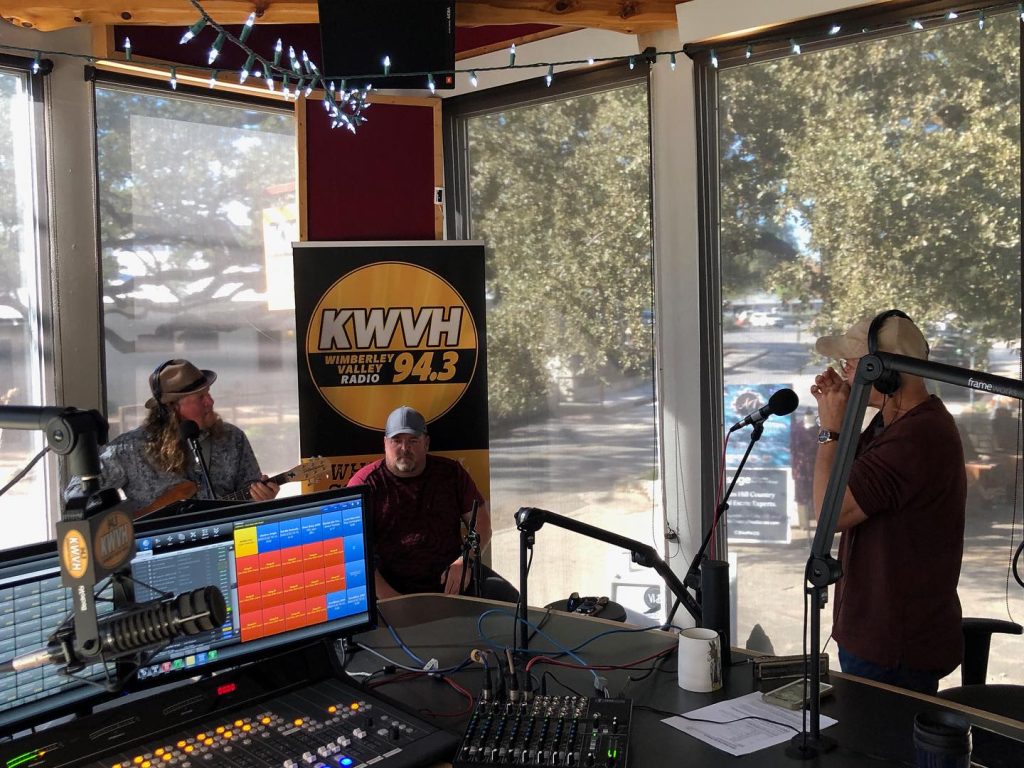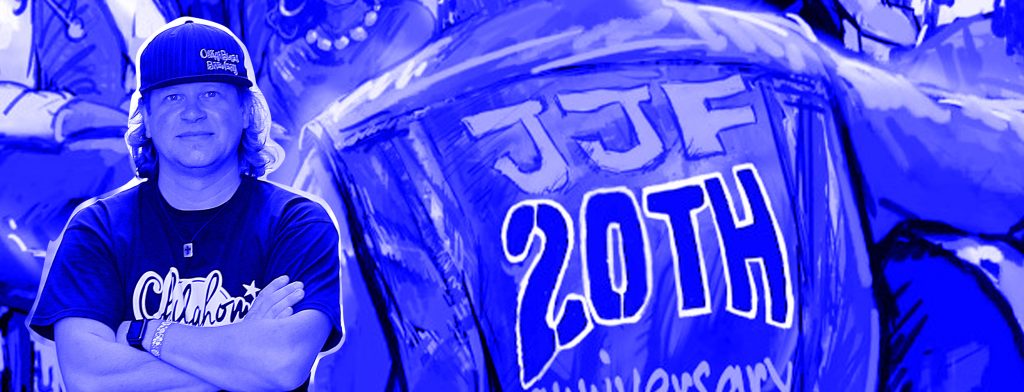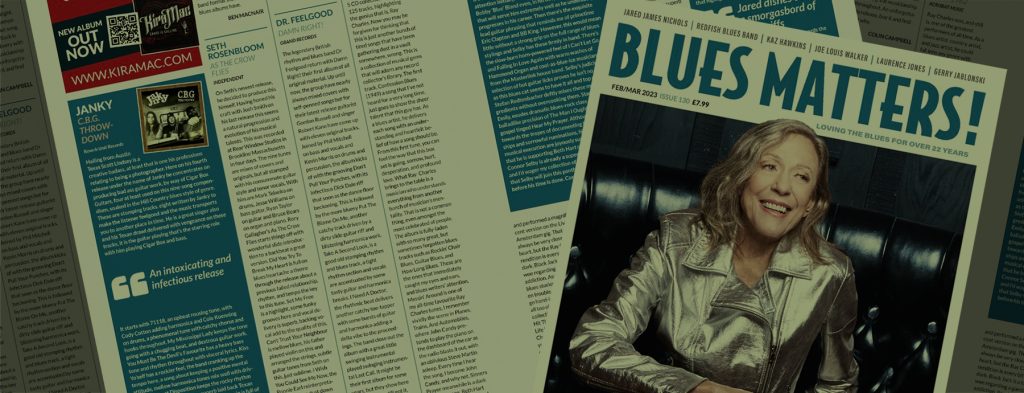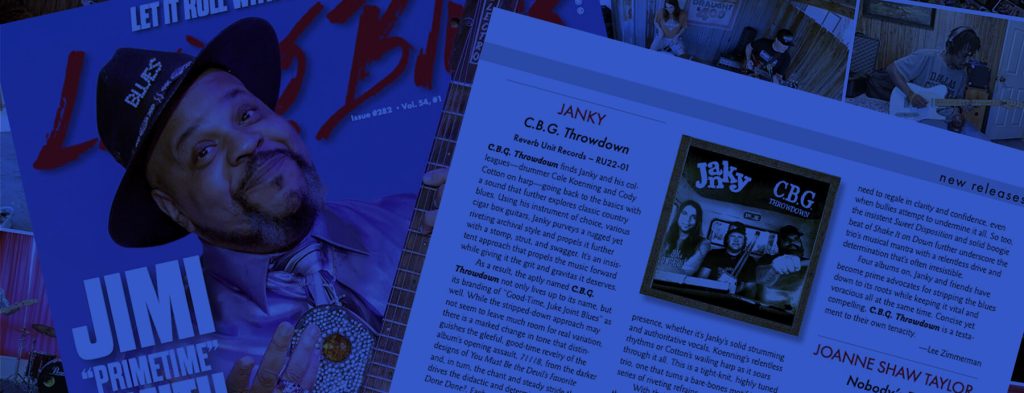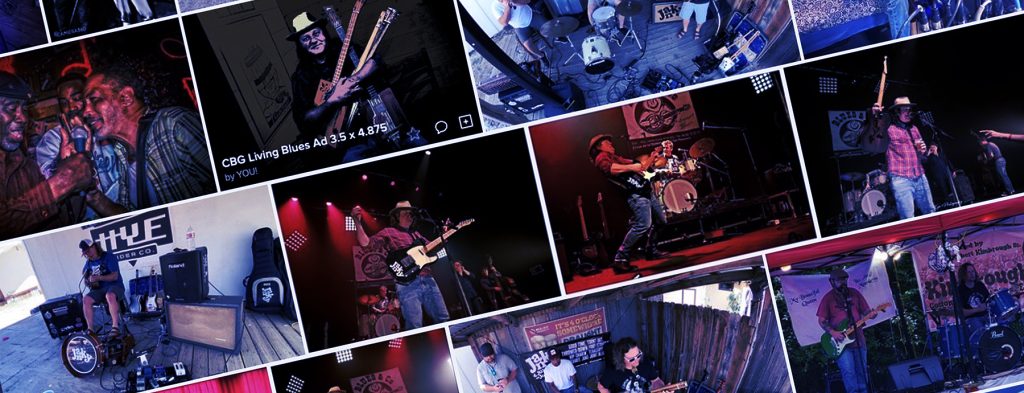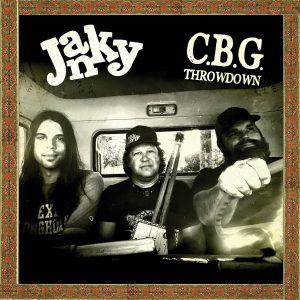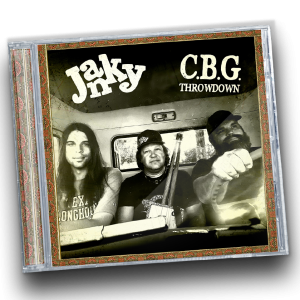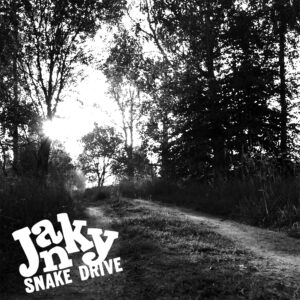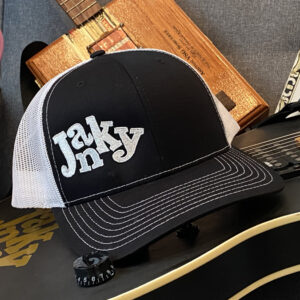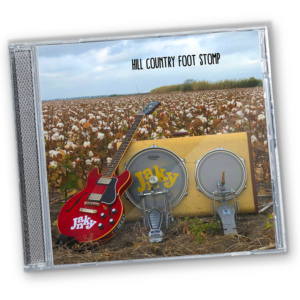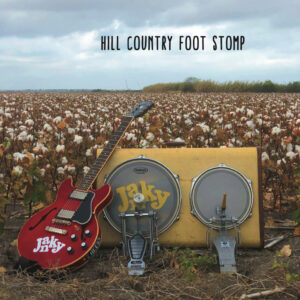While at the 2024 Juke Joint Festival, I took the band up to the Stovall Plantation to see where Muddy Waters lived and was recorded. I wanted to document this so you can learn more or visit the sacred place someday. (Sorry for wind in video)

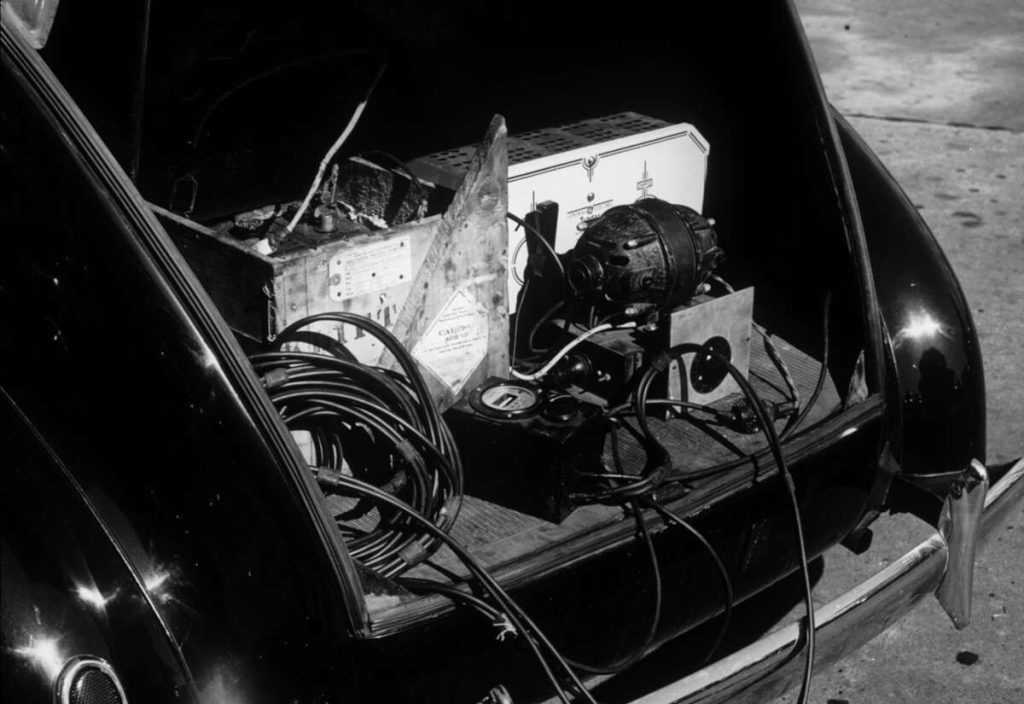
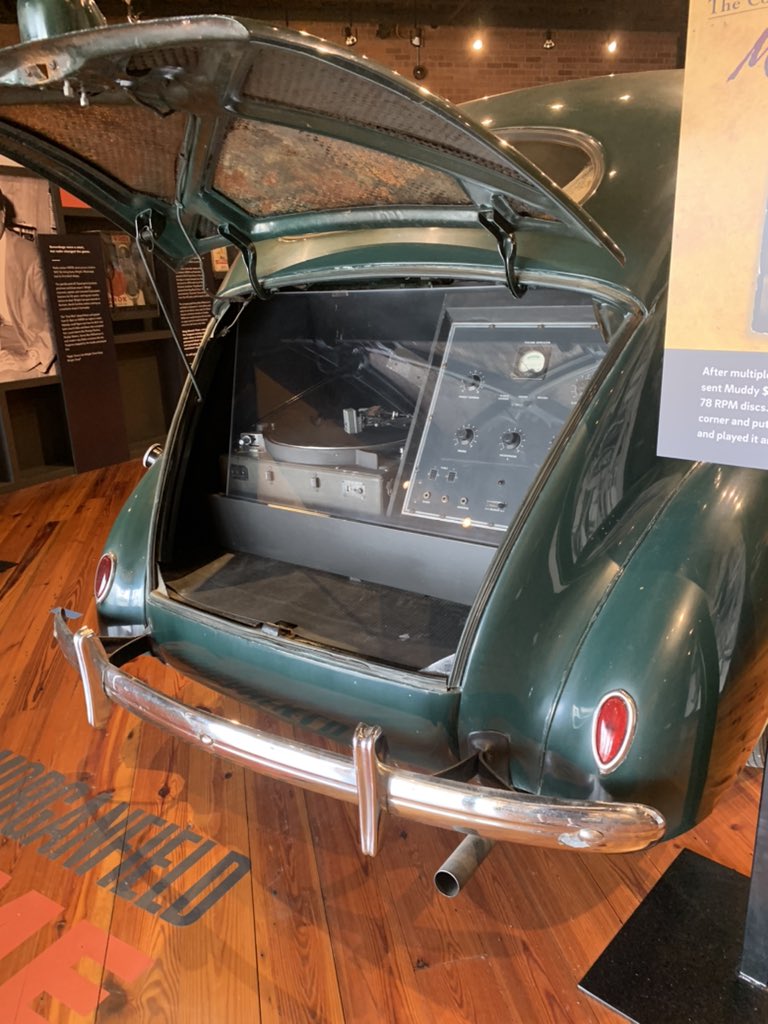


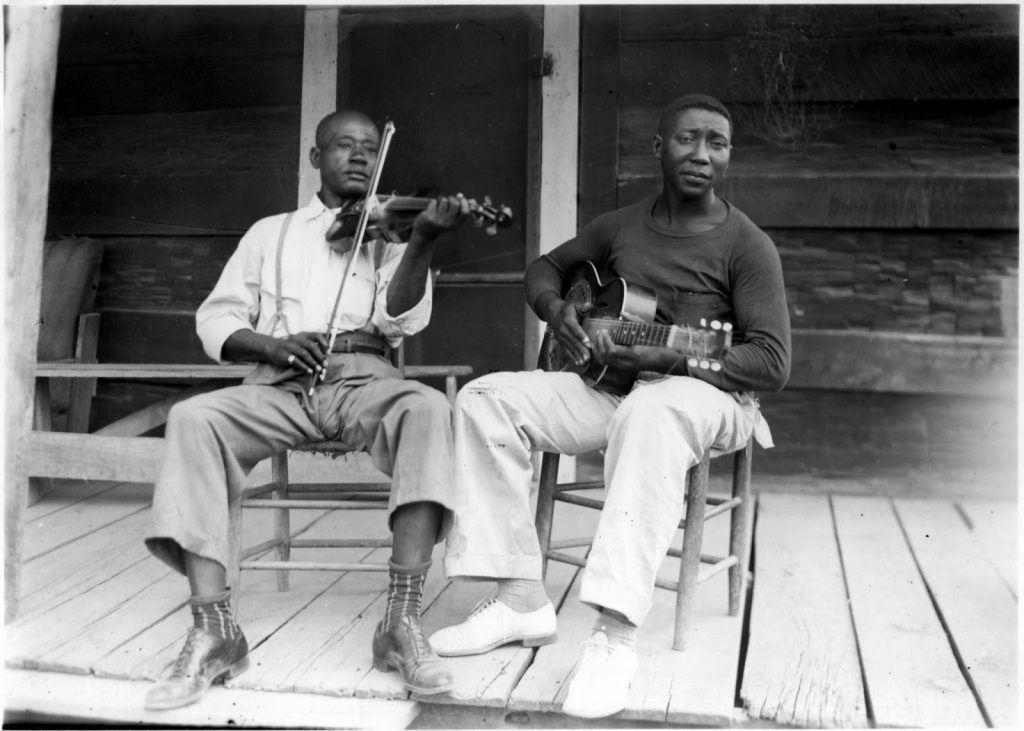

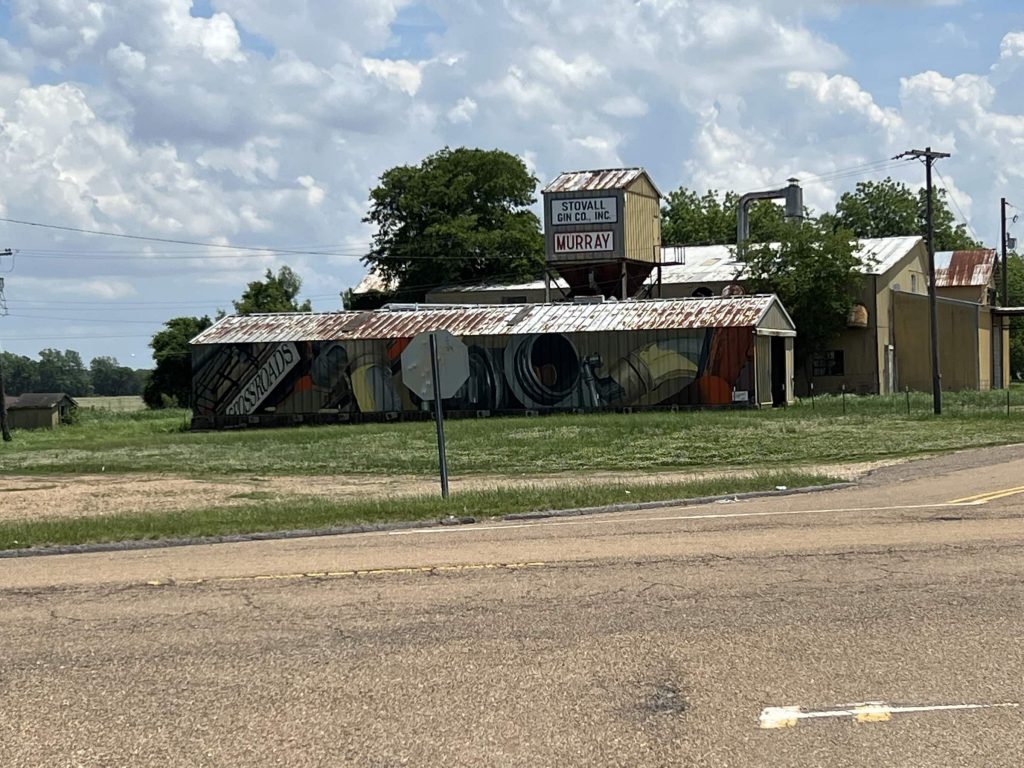

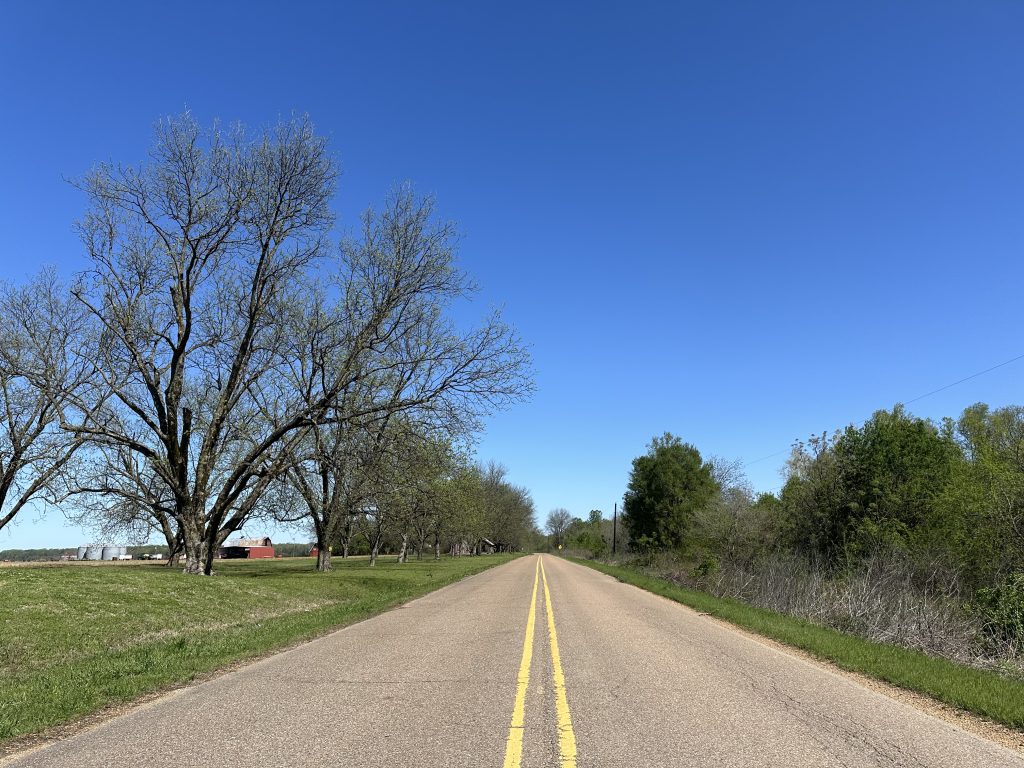
Inscription.
Front
Muddy Waters lived most of his first thirty years in a house on this site, part of the Stovall Plantation. In 1996 the restored house was put on display at the Delta Blues Museum in Clarksdale. Muddy Waters was first recorded here in 1941 by Alan Lomax, who was compiling songs for the Library of Congress. Muddy Waters is known as the king of Chicago blues.
Rear
Muddy Waters African American music on the Stovall plantation was documented as early as 1901, when a Harvard archaeologist heard local workers singing what he later described as “autochthonous music” and “strains of apparently genuine African music.” Muddy Waters (McKinley Morganfield, 1913-1983) moved to Stovall with his grandmother from Rolling Fork, Mississippi, c. 1915. The Stovall plantation remained his primary base until he moved to Chicago in 1943.
In August 1941, on a field recording expedition sponsored by the Library of Congress and Fisk University, Alan Lomax and John Work set up portable equipment in Waters’ house to record Muddy and other local musicians, including fiddler Henry “Son” Simms. Lomax returned with Lewis Jones in 1942 for a second series of recordings. Two of Waters’ recordings, “Burr Clover Farm Blues” and “Burr Clover Blues,” paid tribute to plantation owner Colonel William Howard Stovall (1895-1970) and his crop. The Stovalls, one of the Delta’s most successful cotton-farming families, were pioneers of agricultural technology, and Colonel Stovall invented the burr clover seed harvester in 1935. Waters told Lomax that he wrote “Burr Clover Blues” at Stovall’s request. Waters entertained field hands at his house, which served as a juke joint, and also played at social functions for the Stovalls, as did the Mississippi Sheiks, a popular black string band that Waters admired.
Waters’ cousin, The Reverend Wilie Morganfield (1927-2003), was born on the Stovall plantation and turned down offers to sing the blues and devoted his talents to the church, becoming a popular gospel recording artist in the 1960s. He was pastor of the Bell Grove Missionary Baptist Church in Clarksdale. Blues singer-pianist Eddie Boyd (1914-1994), who wrote the classic “Five Long Years,” a No. 1 rhythm & blues hit in 1952, was also born on Stovall. Stovall resident and blues bassist David “Pecan” Porter (1943-2003) later lived in the house that Muddy Waters had earlier occupied. Porter was active on the Clarksdale blues scene from the 1960s through the 1990s.
Only in the 1980s, after the vacant house was in disrepair, did tourists begin visiting it as a Muddy Waters shrine. In 1987, guitarist Billy Gibbons of the rock group Z.Z. Top had “Muddywood” guitars crafted from the planks of the house. Z.Z. Top subsequently used the guitars to promote a fundraising drive to benefit the Delta Blues Museum.
Erected
2007 by Mississippi Blues Commission. (Marker Number 9.)
Alan Lomax Muddy Waters
The first tracks on this Document records album come from recordings that Alan Lomax made of Muddy Waters in 1941 – 1942 during a field recording trip on behalf of the Library of Congress and although they are not yet the sounds that became known as Chicago Blues, they are sessions that awoke the professionalism in the young Waters. At the age of thirteen whilst working as a farm labourer he took up the harmonica and four years later he made the switch to guitar. “You see, I was digging Son House and Robert Johnson.” He was influenced by the regions ‘bottleneck’ style of playing that the Delta bluesmen utilised as an extension of their voices. Within the year Muddy was playing musical accompaniment at country dances, picnics, house parties and other rural gatherings. So by the time Alan Lomax arrived at Stovall’s Plantation, Mississippi, in 1941 to record Muddy, he already had several years of local performing behind him. The first track recorded in the 1941 session was Country Blues a reworking of Walkin’ Blues a song that both Robert Johnson but more importantly Son House, a neighbour, had recorded before. The tracks Country Blues and I Be’s Troubled, a song which concisely details what it is to have the blues, was enough to bring Alan Lomax back to record another session in 1942. These sessions found Muddy Waters playing in Son Simms (generally identified as Charley Patton‘s former fiddle player) string band which also included Percy Thomas and Louis Ford. These recordings provide valuable insight into a poorly documented genre.
Take A Walk With Me was probably learned from hearing Robert Lockwood on the radio and Burr Clover Blues which was a tribute to the Stovall family who ran the plantation where Muddy had worked. Charley Berry (Muddy’s brother-in-law) played second guitar on a rewrite of I Be’s Troubled and on You Gonna Miss Me When I’m Gone which was to be the basis of a later, commercial, recording. The exact order of recording of the 1942 performances is uncertain, but the final numbers have Muddy playing solo with two spirituals and another version of Country Blues.
Later in 1942 Muddy moved to Chicago and recorded his first commercial release Mean Red Spider. This session and the next takes in songs that looked back to the early 40’s but Muddy’s guitar playing clearly belongs to the future and his singing, compared to the Lomax, Library of Congress recordings, shows a strong projection. Shortly after this session Muddy Waters signed up with Aristocrat Records and had a big hit with I Can’t Be Satisfied. Around this time he also did a session for the Parkway label recording the two part Rollin’ and Tumblin one of the greatest of all the blues records.
Jack Gittes Copyright 1992 Document Records.

